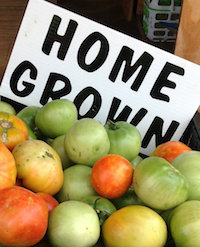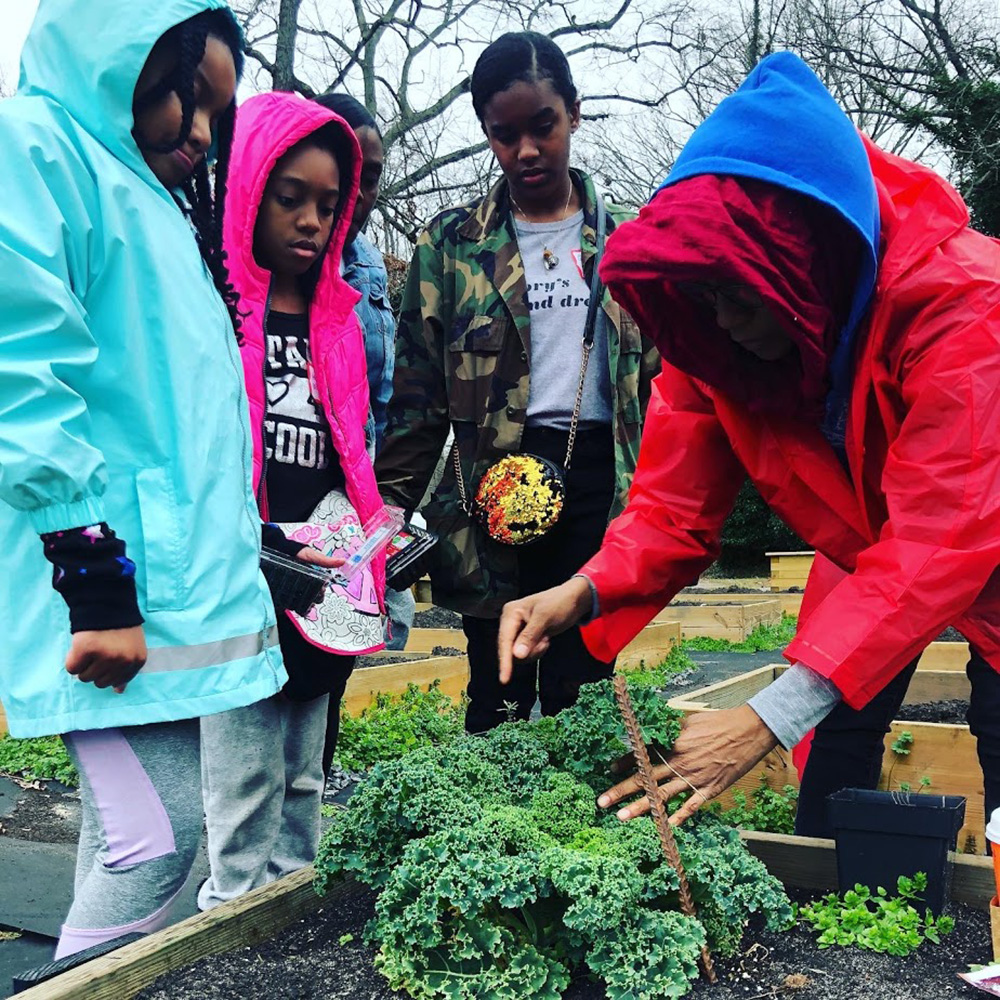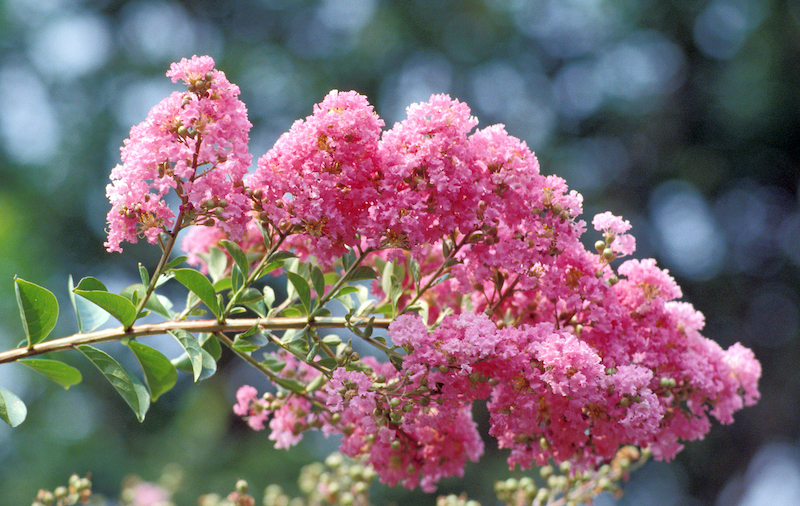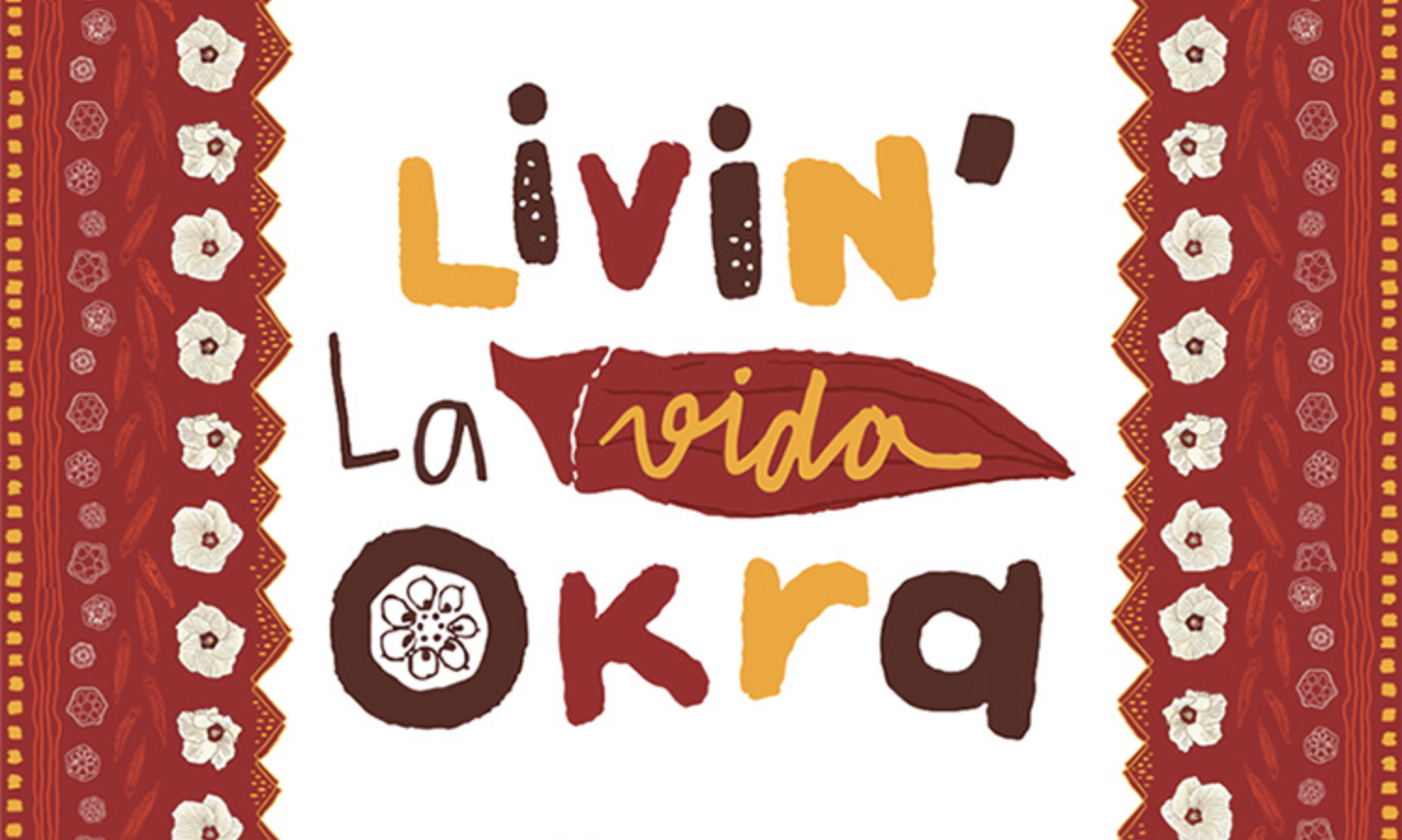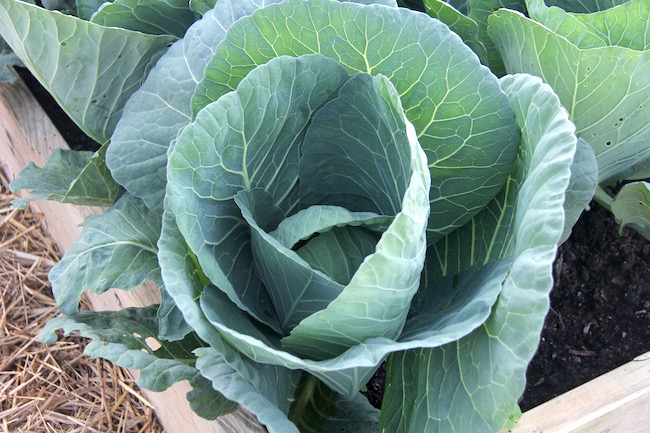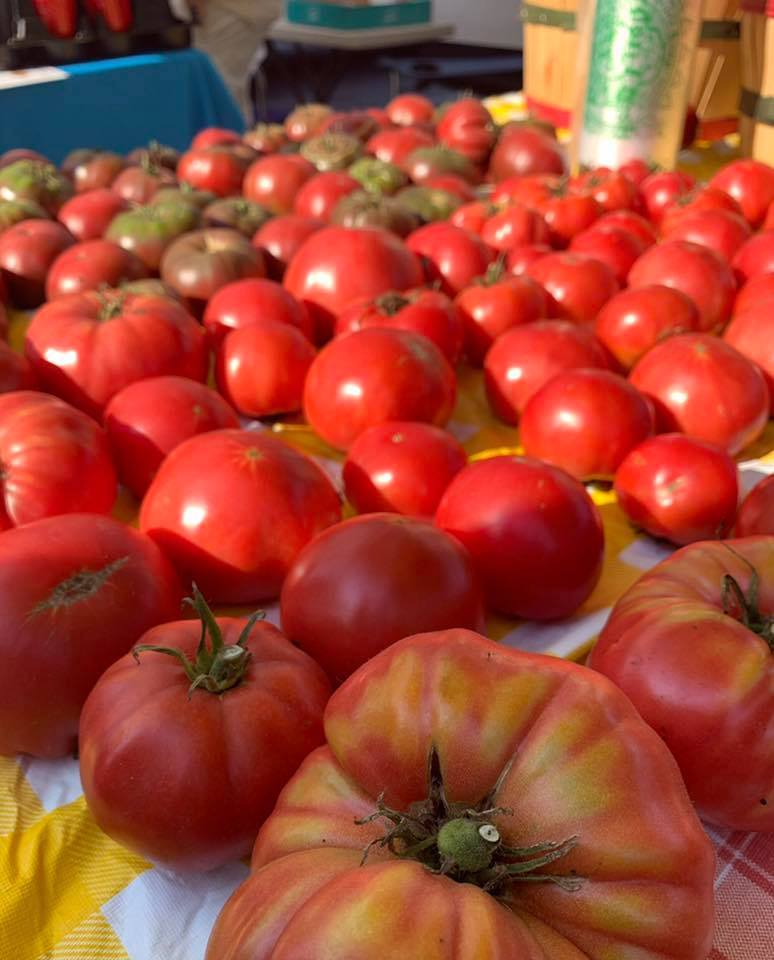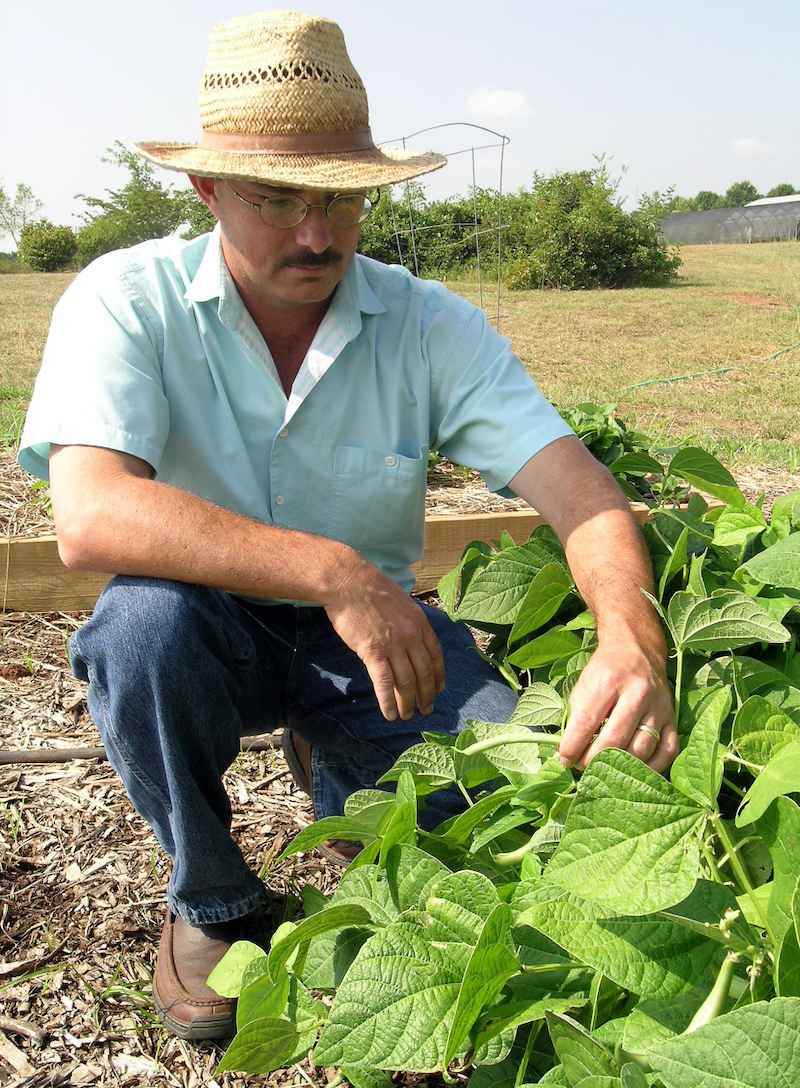Soon soil temperatures will be warm enough for planting those precious backyard tomatoes. Given the many options available, which variety and type of tomato should you choose?
With determinate and indeterminate varieties, hybrids and heirlooms, the best tomato for you depends on where you are located, your tastes and your needs.
First, there’s a difference between determinate and indeterminate tomatoes. Understanding this may help you narrow down your options and make a more informed decision. All tomatoes are technically considered vine crops, but choosing between these two forms of tomatoes is important, and should be, based on how you intend to use your harvest.
A determinate tomato variety will have a more compact, bush-type growth, usually no more than 4 feet tall, and will set all of its fruit within a two- to four-week period. Although they are smaller plants, determinates still require some staking or caging to support the vines.
Determinate varieties are more useful for gardeners who want to grow a plant in a container, who need a more compact-sized plant or who want to produce tomatoes for canning and sauces. It’s important to determine how many days until these plants reach maturity; you can easily stagger different determinate varieties based on their maturity dates to have a longer window of tomato harvest.
Recommended determinate varieties include ‘Bush Celebrity,’ ‘Mountain Pride’ and ‘Southern Star.’
Indeterminate tomato plants continue to grow and set fruit until they are killed by frost. These plants will grow much larger than determinate varieties – up to 10 feet in height – and require adequate support to maintain productive growth.
Recommended indeterminate varieties include ‘Big Boy,’ ‘Beefmaster,’ and ‘Better Boy.’
All of the previously mentioned varieties are hybrids, or a cross of two specific parent plants by means of controlled pollination. These plants are sometimes referred to as “F1” or “F1 hybrids” and were bred to produce plants with very specific traits. Traits may be resistant to a specific disease, have improved tolerance to heat or drought, or bear a fruit that stores for a longer time period.
Hybrids have many advantages, but one disadvantage is that the seeds should not be saved from one year to the next. The seeds from hybrids will not produce a plant that is “true to type,” or similar to the parent plant. Most likely, the seed you save from a hybrid tomato will result in an unpredictable combination of traits of its parent and/or grandparent.
Heirloom plants, by definition, have three qualities: they have been available for at least 50 years, they are open-pollinated plants and produce true-to-type seed, and they have a history or folklore of their own. Some examples of heirloom tomatoes include ‘Cherokee Purple,’ ‘Brandywine’ and ‘Black Krim’ varieties.
Heirlooms have traits that are fairly stable from one generation to the next. This means that their seeds can be saved and should produce offspring similar to the parent. Heirlooms are also known for their taste quality. Unfortunately, heirloom plants are much more prone to disease and insect problems, and the fruits are more likely to suffer growth deformities, such as cracking or cat-facing.
There are literally thousands of varieties of tomato varieties from which to choose. It is most important to find one that is suited for your part of Georgia, your taste and your use preferences.

